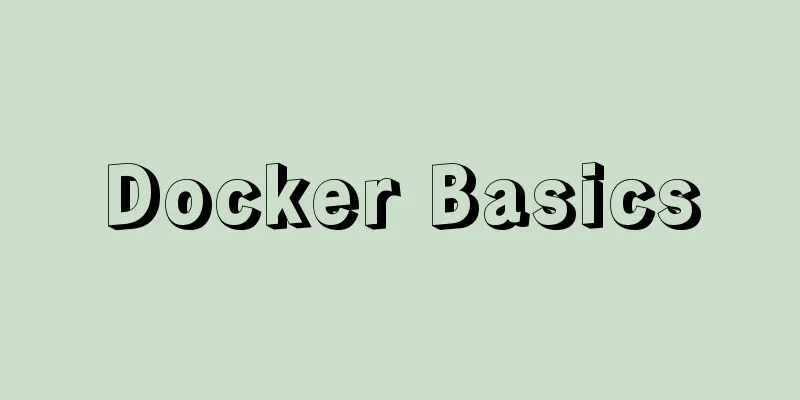JavaScript Reflection Learning Tips

1. Introduction According to the MDN official website: So what is it exactly? According to the above file introduction, it is very similar to 2. Interface All methods in
3. Simple exampleFor example, now there is a function:
class Person {
constructor(firstName, lastName) {
this.firstName = firstName
this.lastName = lastName
}
get getName() {
return this.firstName + ' ' + this.lastName
}
}
Normal use only requires instantiation:
const person = new Person('Jaxson', 'Wang')
console.log(person.getName) // Jaxson Wang
You can use the Reflect.construct() method to create an object: const person = Reflect.construct(Person, ['Jaxson', 'Wang']) console.log(person) // Jaxson Wang 4. ConclusionReflect objects are often used together with Proxy proxies for three reasons:
This is the end of this article about JavaScript reflection learning skills. For more relevant JavaScript reflection content, please search 123WORDPRESS.COM’s previous articles or continue to browse the following related articles. I hope everyone will support 123WORDPRESS.COM in the future! You may also be interested in:
|
<<: mysql indexof function usage instructions
>>: Pay attention to the use of HTML tags in web page creation
Recommend
Vue+flask realizes video synthesis function (drag and drop upload)
Table of contents We have written about drag and ...
SQL implementation of LeetCode (197. Rising temperature)
[LeetCode] 197.Rising Temperature Given a Weather...
JavaScript dynamically generates a table with row deletion function
This article example shares the specific code of ...
Detailed tutorial on installing Docker and nvidia-docker on Ubuntu 16.04
Table of contents Docker Installation Nvidia-dock...
How to create a trigger in MySQL
This article example shares the specific code for...
Mysql view the maximum number of connections and modify the maximum number of connections
MySQL View the maximum number of connections and ...
Parsing Linux source code epoll
Table of contents 1. Introduction 2. Simple epoll...
How to use CocosCreator for sound processing in game development
Table of contents 1. Basics of audio playback in ...
Detailed explanation of Vue3 encapsulation Message message prompt instance function
Table of contents Vue3 encapsulation message prom...
What is BFC? How to clear floats using CSS pseudo elements
BFC Concept: The block formatting context is an i...
Tutorial on installing mysql-8.0.18-winx64 under Windows (with pictures and text)
1. Download the installation package The installa...
Docker-compose image release process analysis of springboot project
Introduction The Docker-Compose project is an off...
MySQL dual-machine hot standby implementation solution [testable]
Table of contents 1. Concept 2. Environmental Des...
VMware Workstation 14 Pro installs CentOS 7.0
The specific method of installing CentOS 7.0 on V...
How to View All Running Processes in Linux
You can use the ps command. It can display releva...









